The second half of my route through Poland brought me to World Heritage Sites at a breakneck pace. Were it not for one extra, and probably unnecessary, day off due to an unfavorable weather forecast, I could have visited five Sites in six days. Such a frequency can create a feeling of dizziness, but in this case it also helped to relieve the large gap in my tally caused by the closures of the previous few months. It was also nice that two of those five were the type of Sites that I consider to be near the top in terms of interest. The others were a little more ordinary, but worth visiting, nonetheless.
The first I reached was the city of Krakow, famous for its role as the capital of Poland during the Renaissance period, and for its well-preserved city center. In fact, even among well-heeled European travelers who focus on World Heritage Sites, Krakow is often rated as a favorite in the historic city
category and it also has the distinction of being the very first Site added to the World Heritage List, back in 1978. I generally agreed, and quite enjoyed my strolls around the Centrum, where the somewhat more open layout made obtaining interesting photographs a little easier. As one of Poland’s most popular tourist destinations, the city can often get very crowded, but with the country onoy recently reopening fewer than normal visitors were there, and that helped as well. The Site’s most notable features are the large, central market plaza, the Rynek Główny and the nearby Wawel Castle. With its status as a former capital, the architecture of the city appeared slightly more formal, relative to the more folk-art inspired styles I saw elsewhere in the country, but I enjoy both approaches, so I found Krakow to be visually pleasing and perhaps worthy of a longer stay.
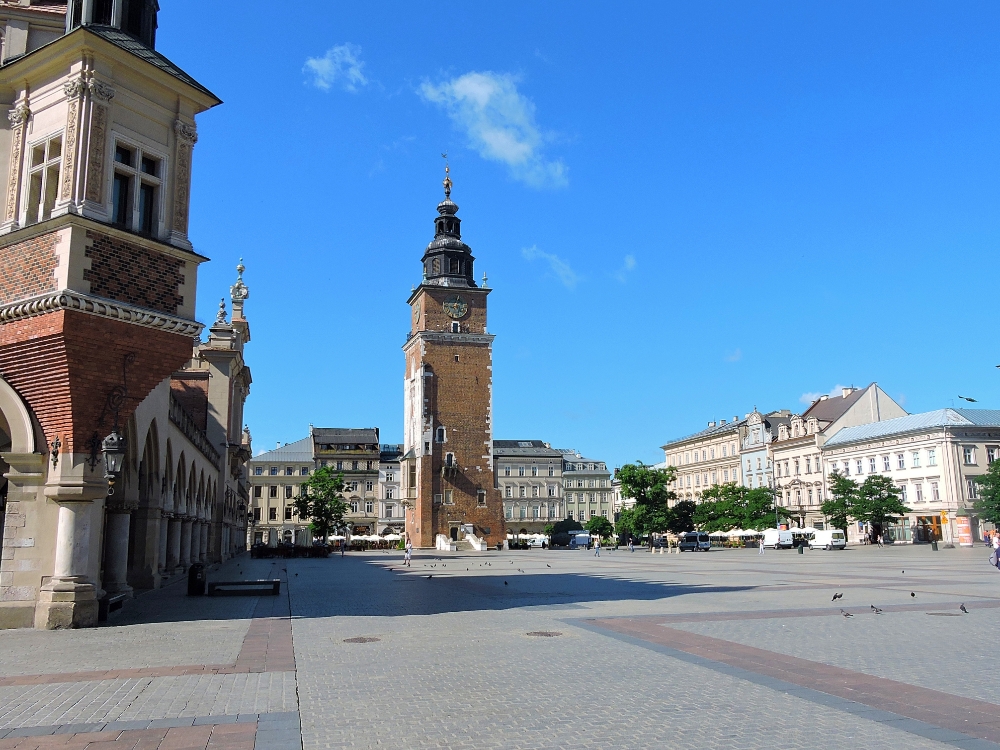
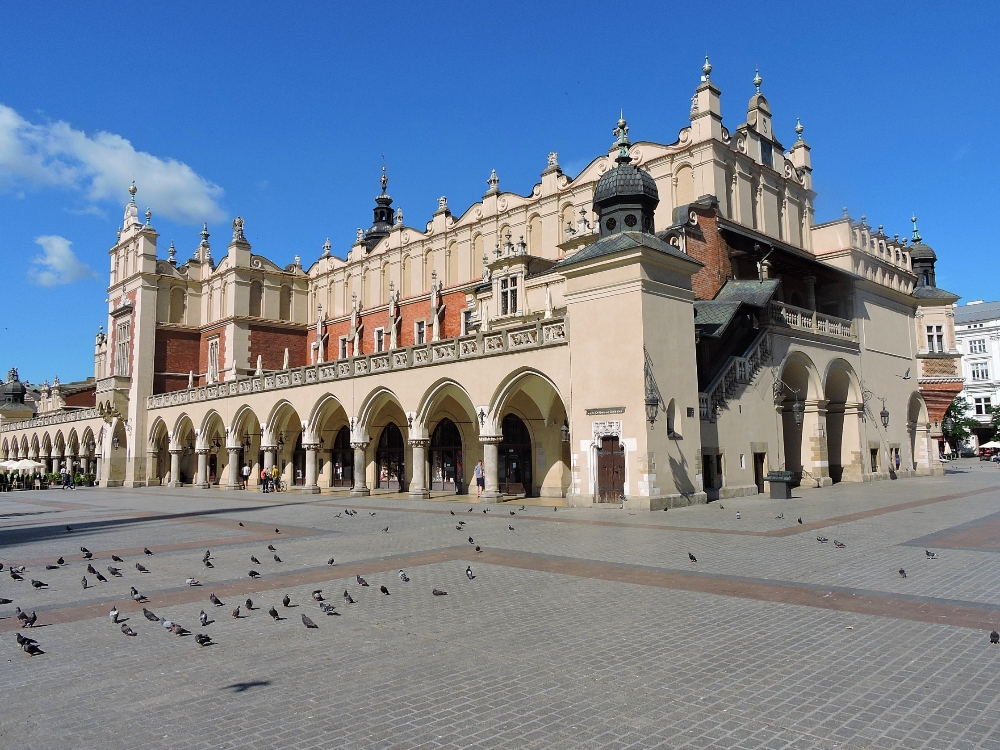
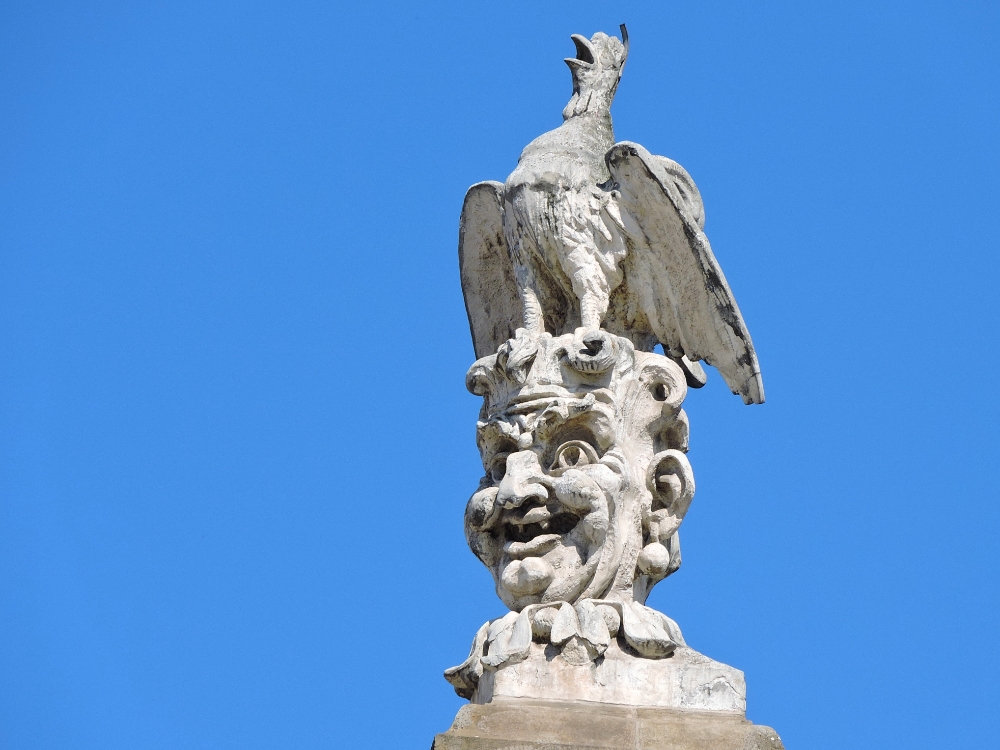
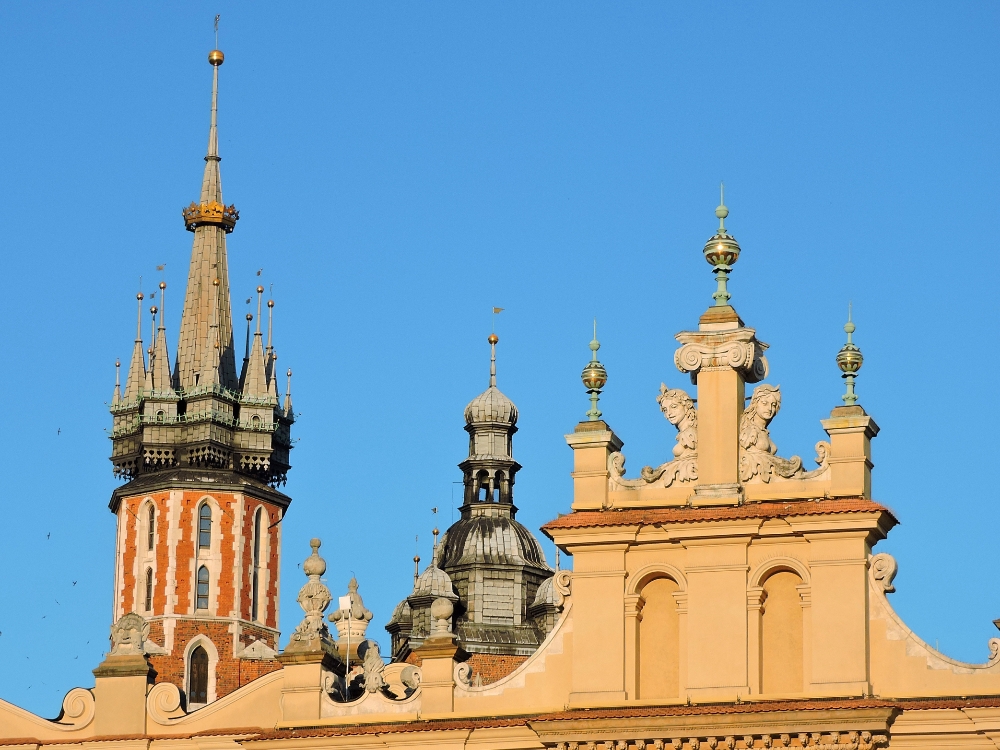
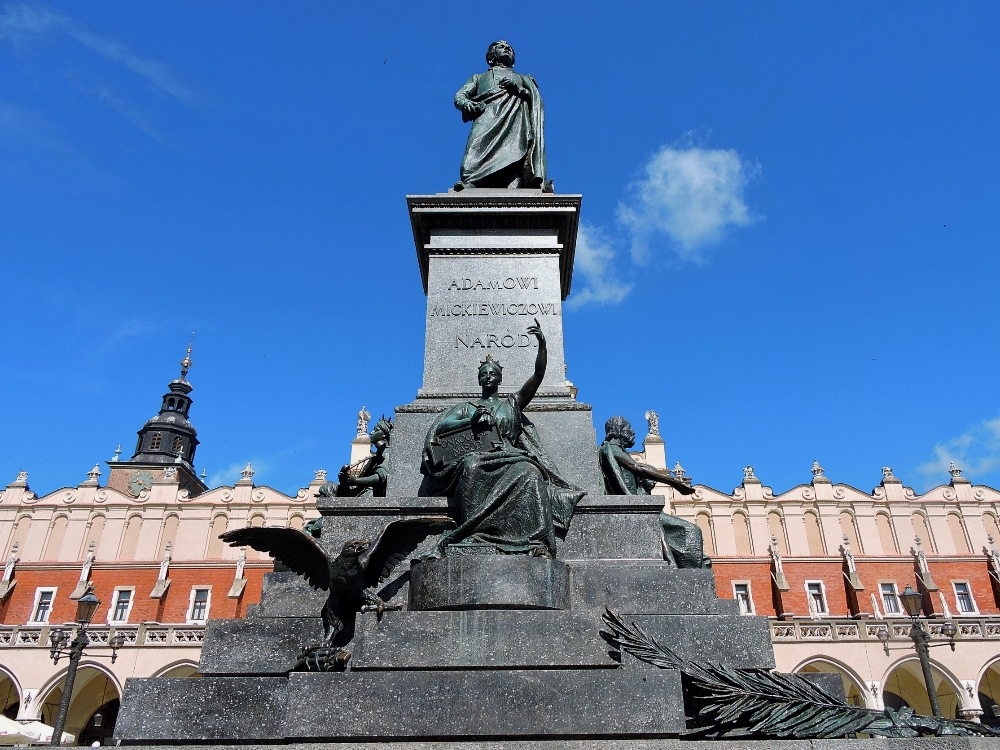
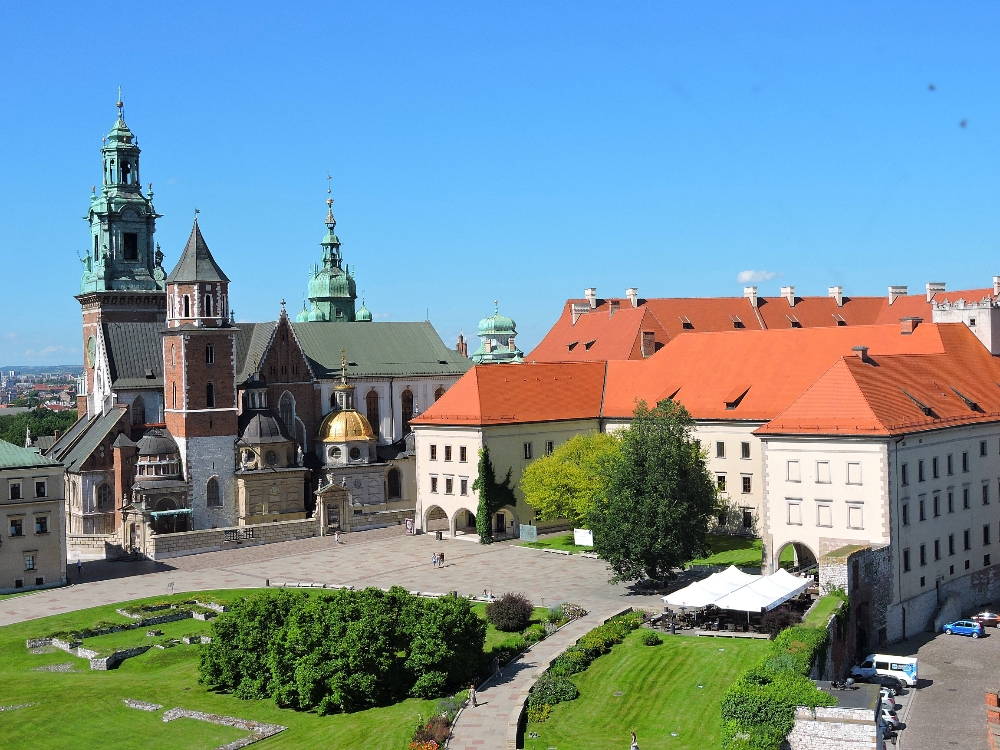
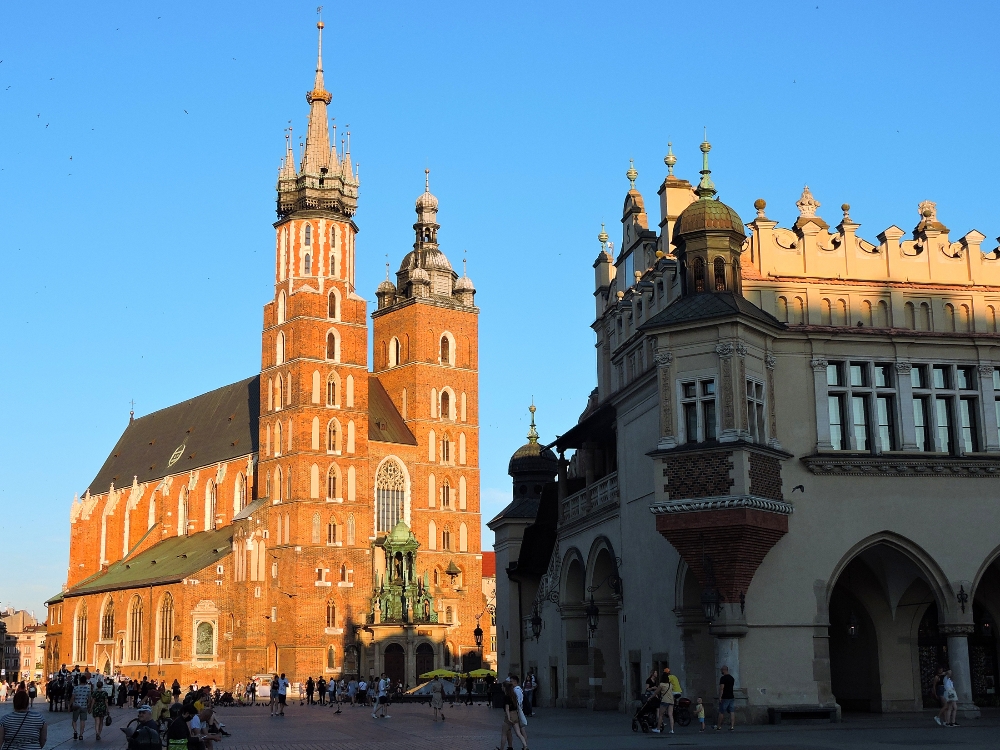
The next Site was not far away, so I was able to visit the Wieliczka Salt Mine as a day trip from Krakow using a local city bus. The mine produced salt for over eight hundred years, only ceasing in 1996, from a large underground salt deposit which had its interesting origins in the evaporation of a fragment of the former Tethys Ocean that had been trapped beneath the edge of the Carpathian Mountains following the collision of Laurasia and Gondwana. This is also one of Poland’s most popular attractions and is often very crowded, however, once again I benefited from the slow restart of tourism and there were only three others on my two-hour-long guided tour. Because salt is considerably softer than most rocks, mining it can be much easier, in some respects, and so the chambers that now exist underground are much larger than those found in other types of mines, which, for a tall person, like me, makes a visit more enjoyable since that eliminates a constant concern for cracking one’s head. The most famous features of this mine, however, are the many sculptures and reliefs carved out of salt by some of the more artistic miners over the years. Most are based on religious themes and are of a fine quality, except for a few examples that have been partially dissolved by humidity over time. Had my original Tour plans for Europe worked out, in early March I would have attempted a visit to the WHS in Milan, where those who can manage to obtain tickets can see The Last Supper, by Leonardo. Obviously, that didn’t work out, but perhaps the version shown below, carved in salt, was a worthy substitute. Hard to say.
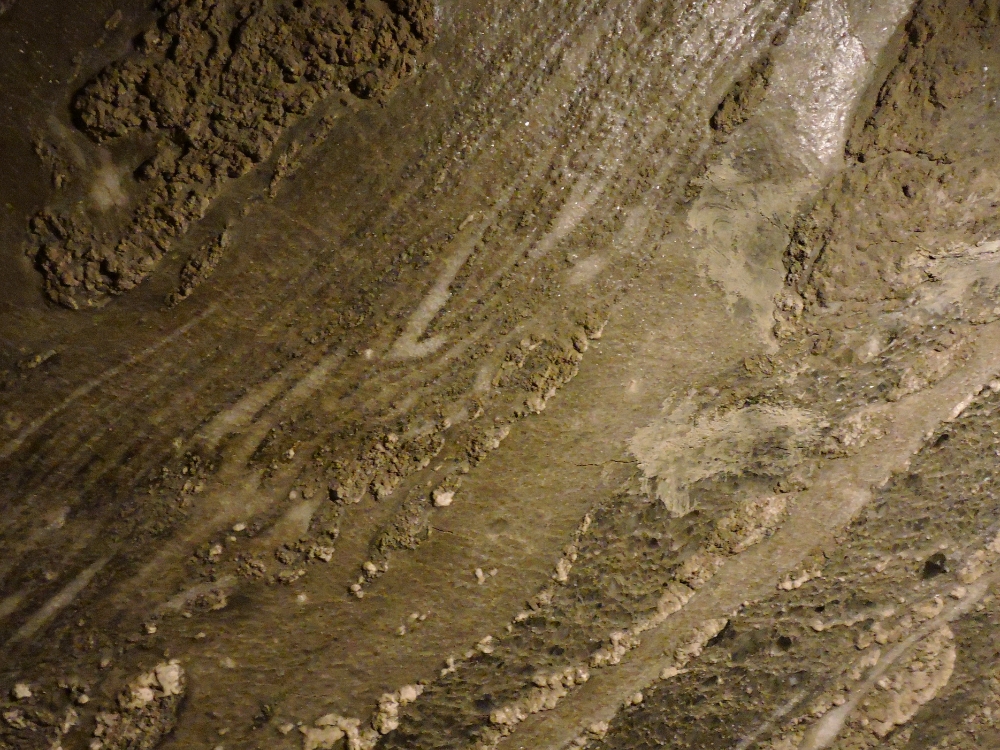
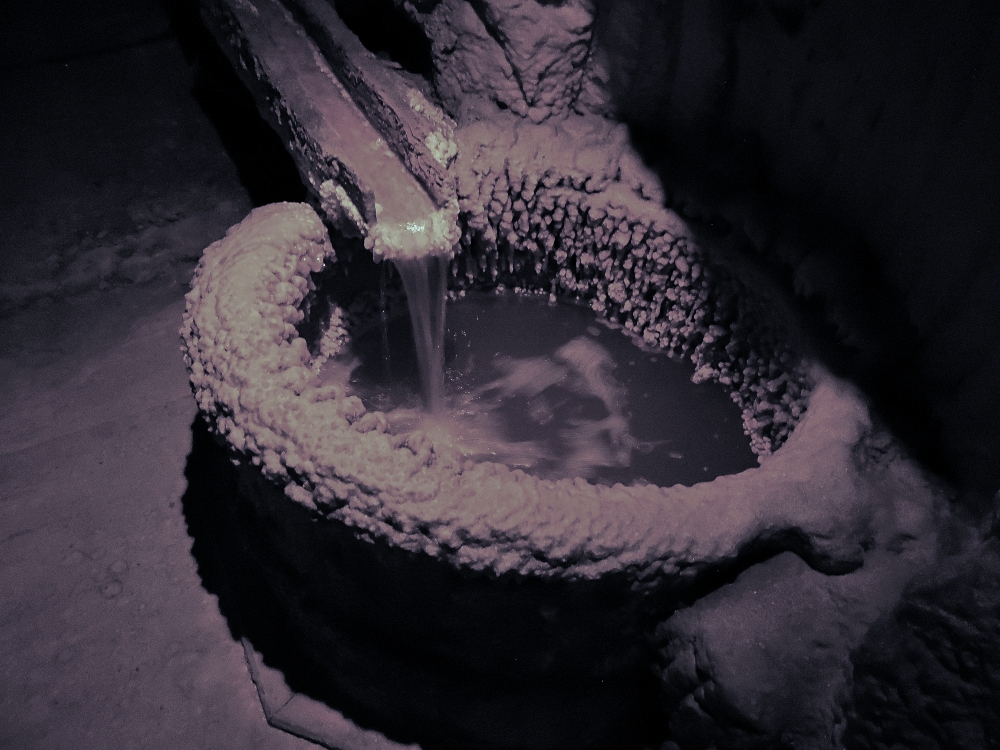
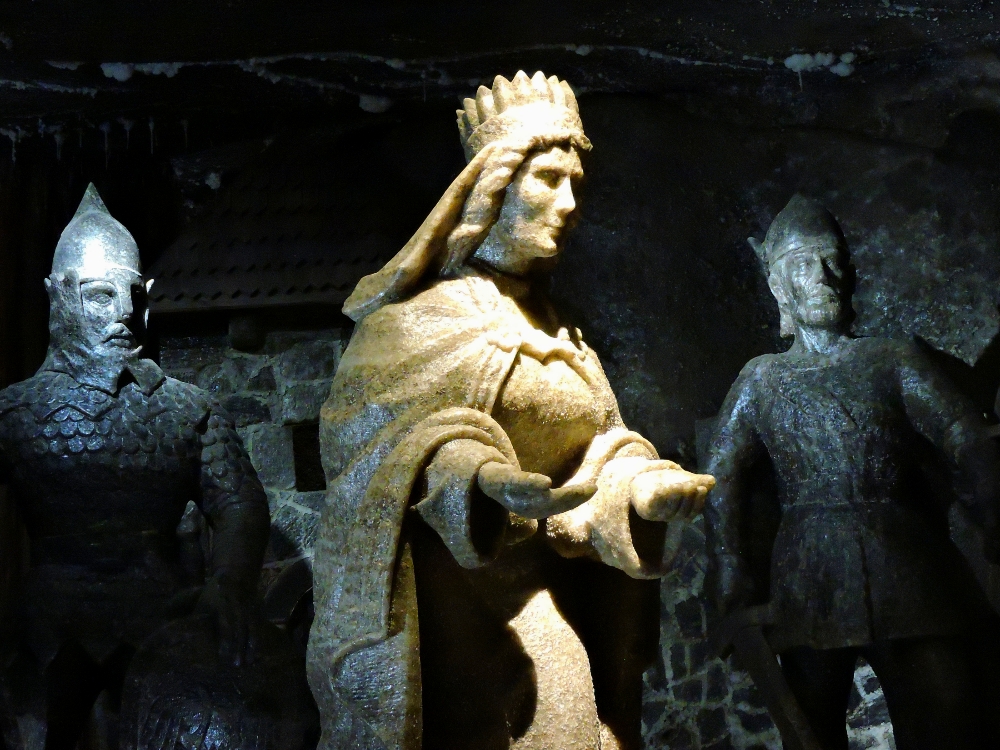
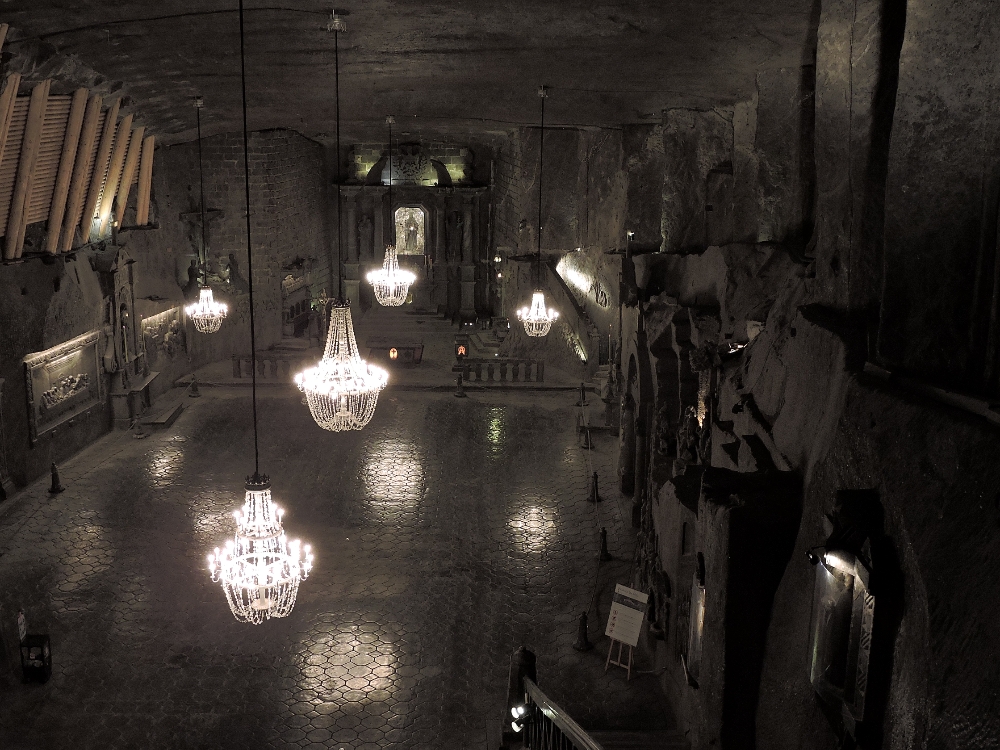
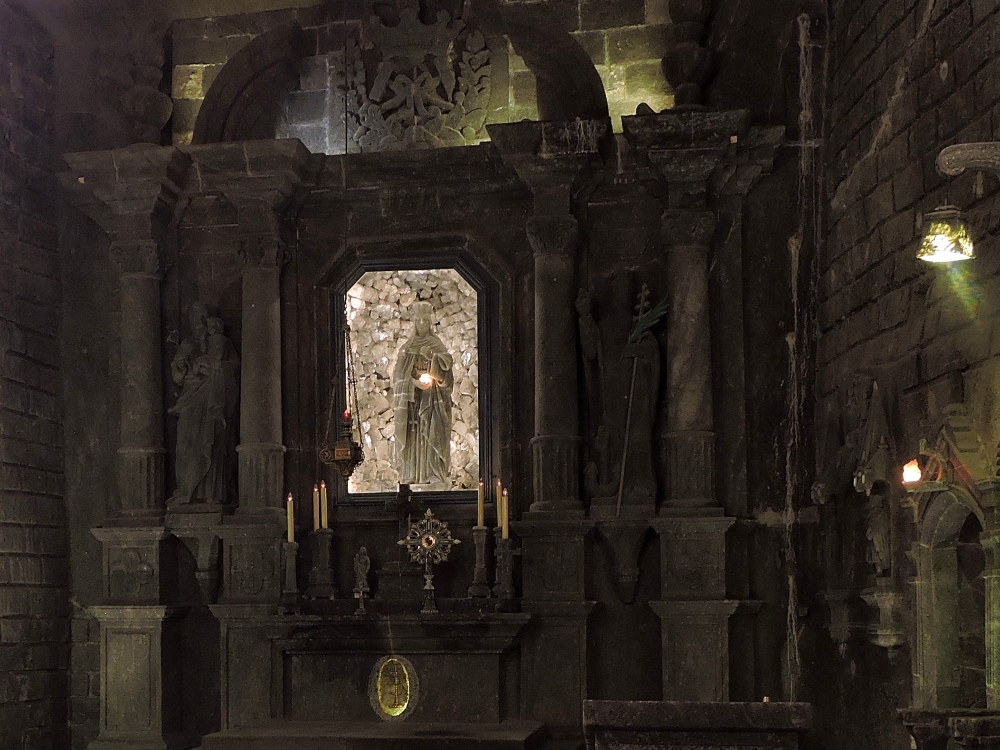
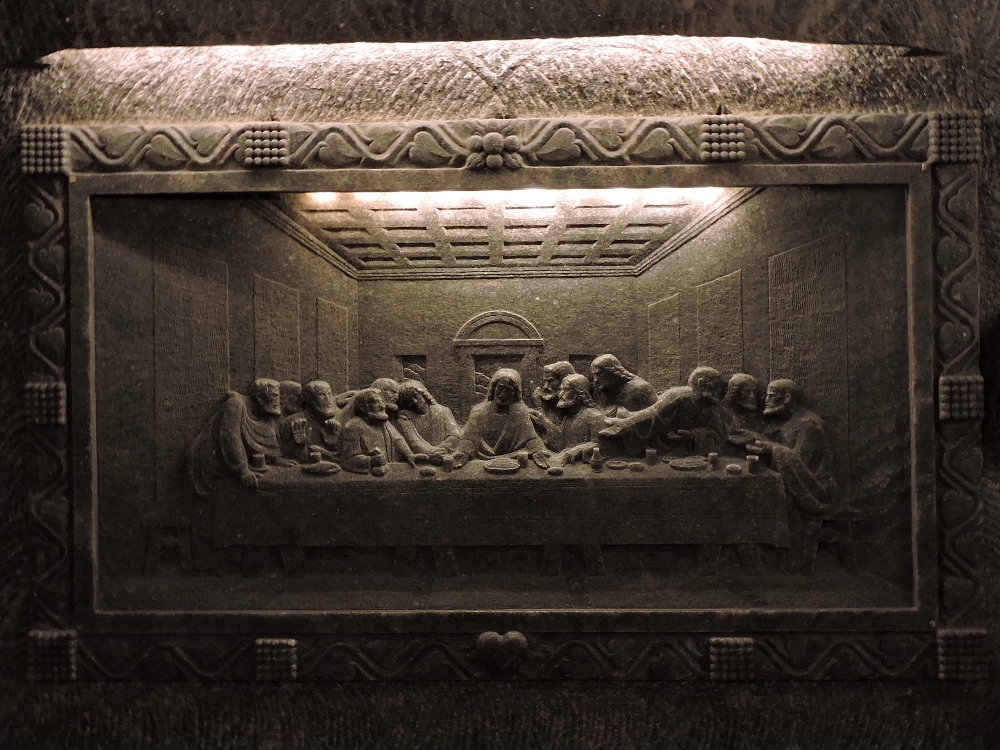
From there, the next three Sites were a little less interesting for me. Next was a site called Kalwaria Zebrzydowska, which is a historic Catholic pilgrimage site. It was designed to be a Calvary, a trail through the countryside, emanating from a monastery, where a series of small chapels and shrines are meant to metaphorically symbolize important events that happened around Jerusalem two thousand years ago. Such places were relatively common in Europe in fhe seventeenth century. There were not any events occurring while I was there, and few pilgrims around, so I could not see the inside of any of the chapels. It was a green and peaceful location, and the pilgrim route actually coincided with a decent cycling route through the area, taking me towards my next destination without adding extra distance, so, in that respect, it was a pleasant enough visit.
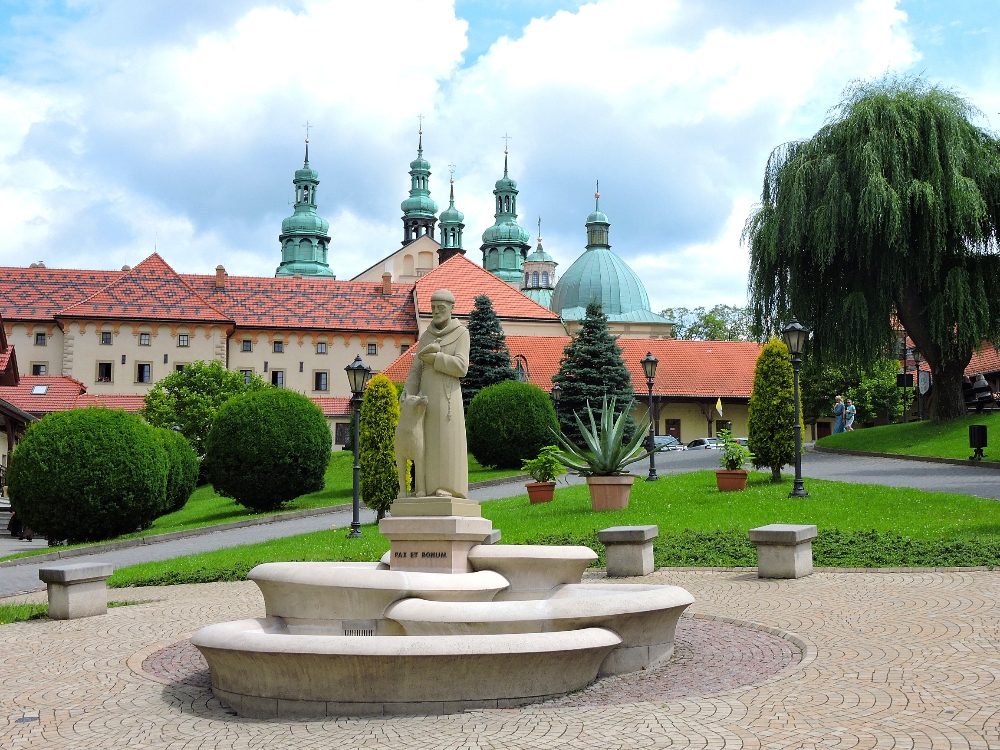
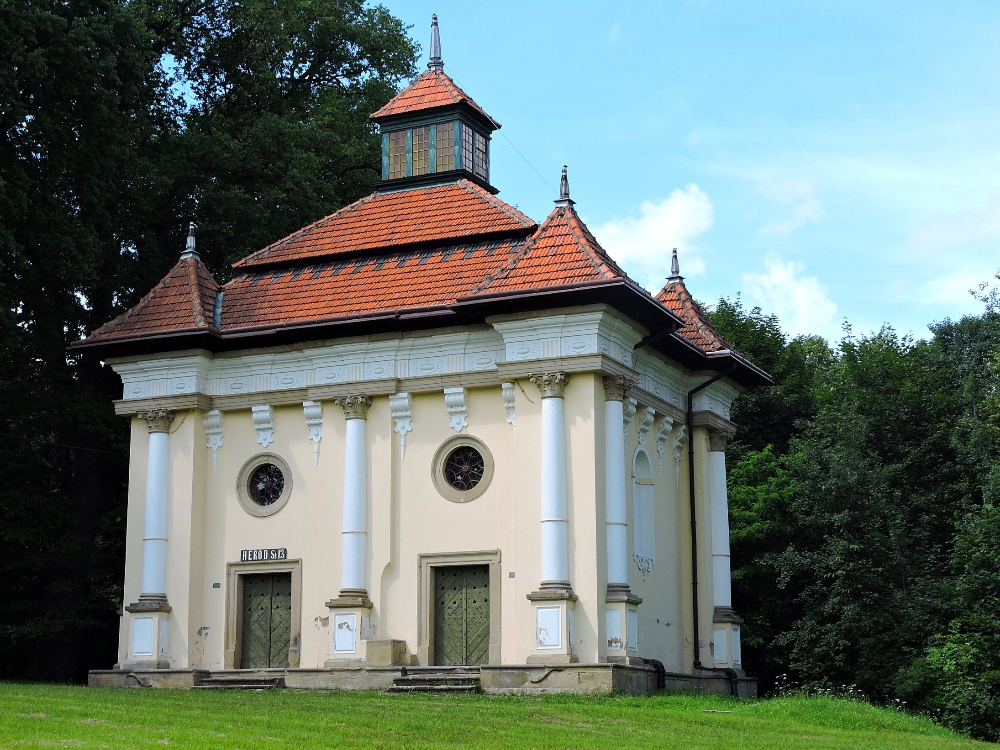
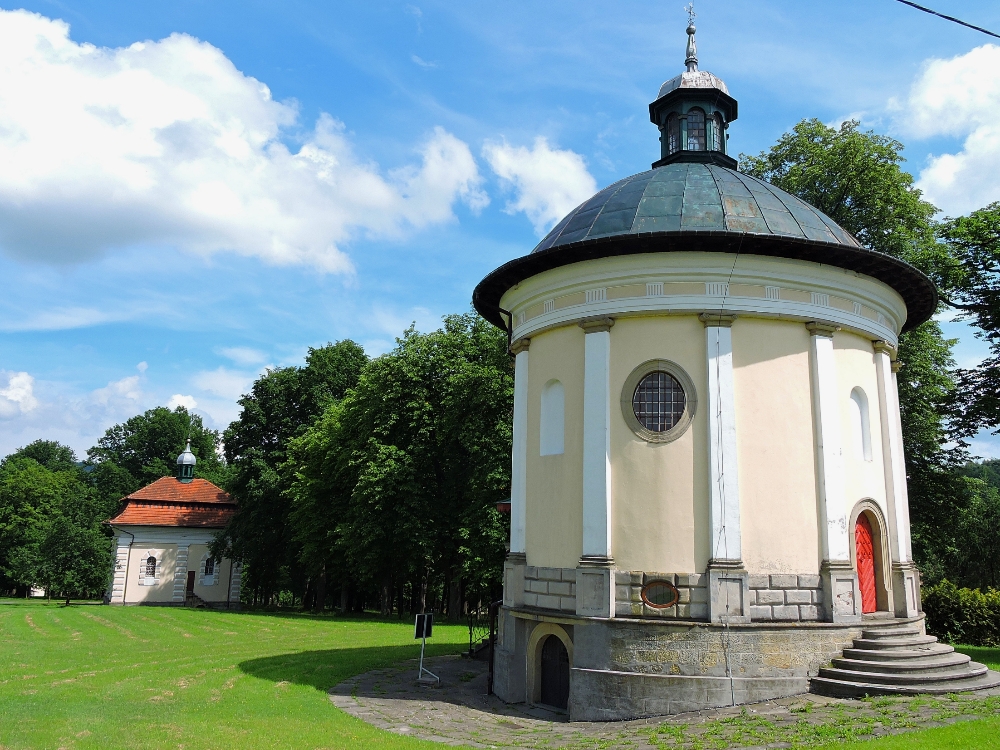
In southern Poland, there are two World Heritage Sites that each consist of collections of several Medieval wooden churches. Why these were split into two WHSs, I cannot say, but politics, or bureaucracy, or both, surely had something to do with that. One of these, named Wooden Churches of Southern Malopolska
consists of six churches scattered around the area that I would be cycling through next, and two were close enough to my intended route so that I could have a look. Those examples were in the small villages of Lipnica Murowana, whose church is one of the oldest, dating from the late 15th century, and Binarowa, containing one built several decades later, both located to the southeast of Krakow. It is said that the wooden churches around this part of Eastern Europe were designed to rival those of baroque construction found elsewhere, but using locally available materials. I always appreciate seeing interesting timber-frame construction, but I was only able to view their exteriors, which was not as appealing, especially since there are apparently impressive paintings covering the inside of the walls. There was a sign on the door of the church in Lipnica with a phone number one could call in order to be let inside, which was no help for me, and at the second church I was only able to peer through one window to get a basic look at, and a foggy photo of, its interior.
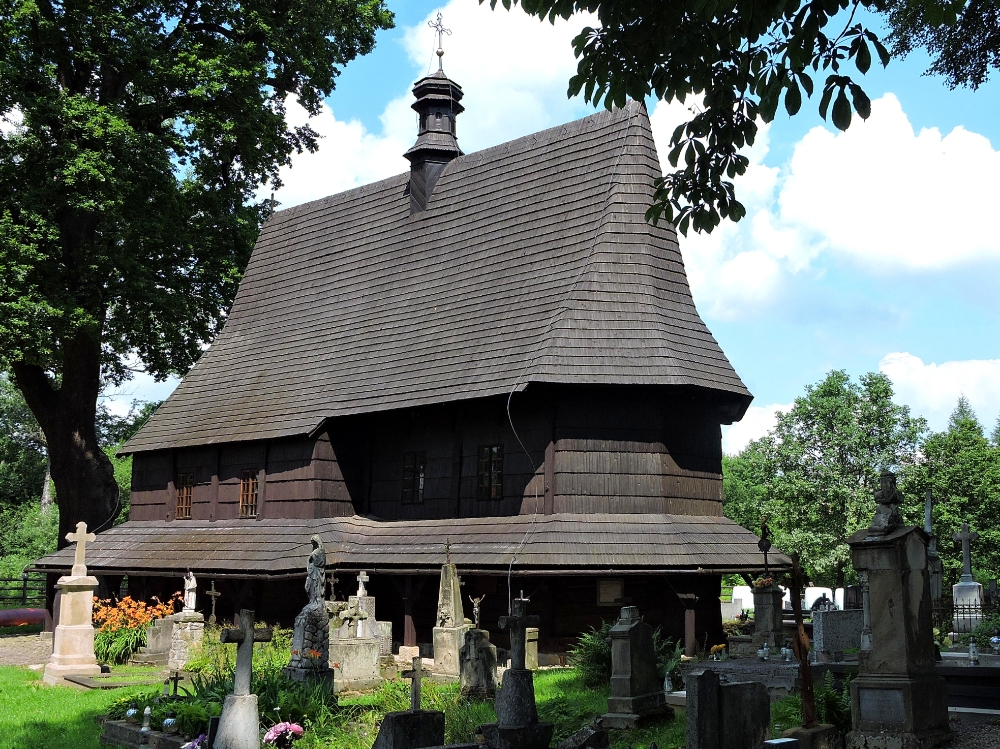
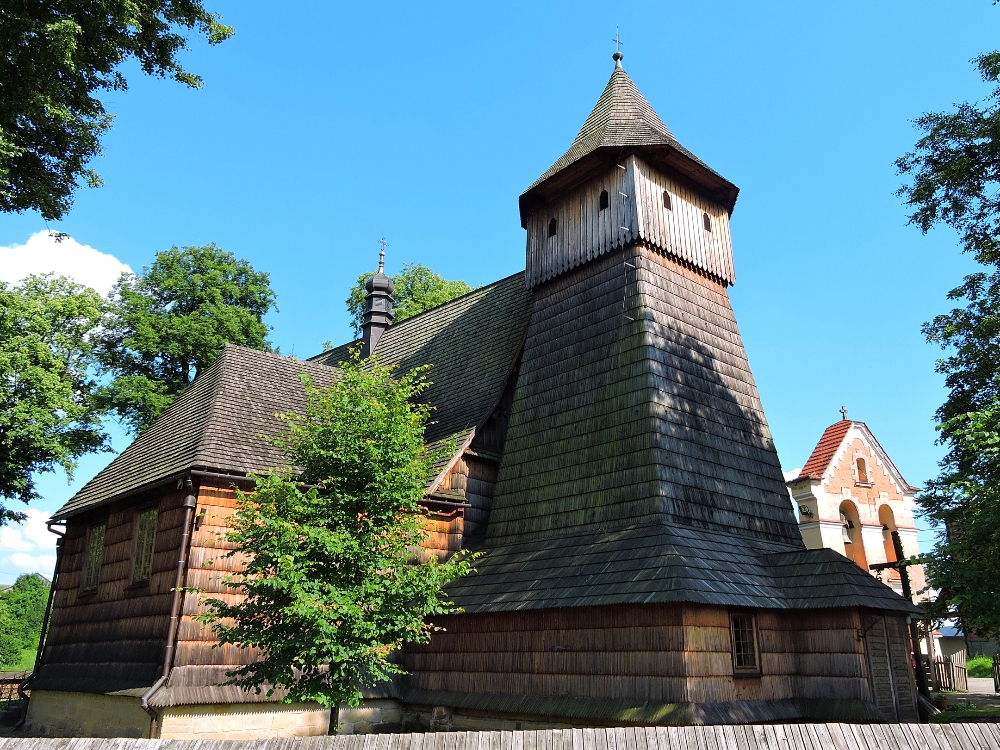
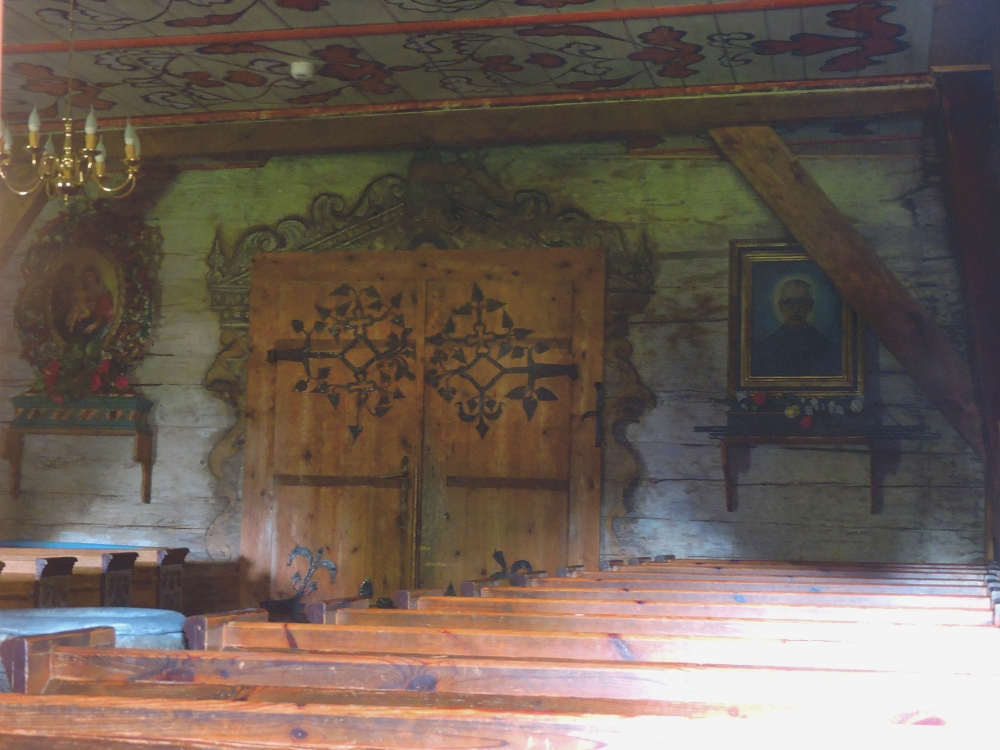
My final site in Poland was the small city of Zamość. It was founded in 1580 by the Polish Chancellor at the time, Jan Zamoyski, who wanted to establish a trading town along the route to the Black Sea. He hired an Italian architect from Padua to design it, and named it after himself. Today, though it is much smaller and less elaborate than a city like Krakow, it is considered an important example of a planned town based on Italian Renaissance urban design. The historic part of Zamość is built at the center of a star fort, and, therefore, feels somewhat more cramped than other towns I have seen recently. That, as well as the lower level of architectural ornamentation resulted in a Site that was less photogenic than I might have liked. Nevertheless, I spent a pleasant day there, but with a little more relaxation than sightseeing.
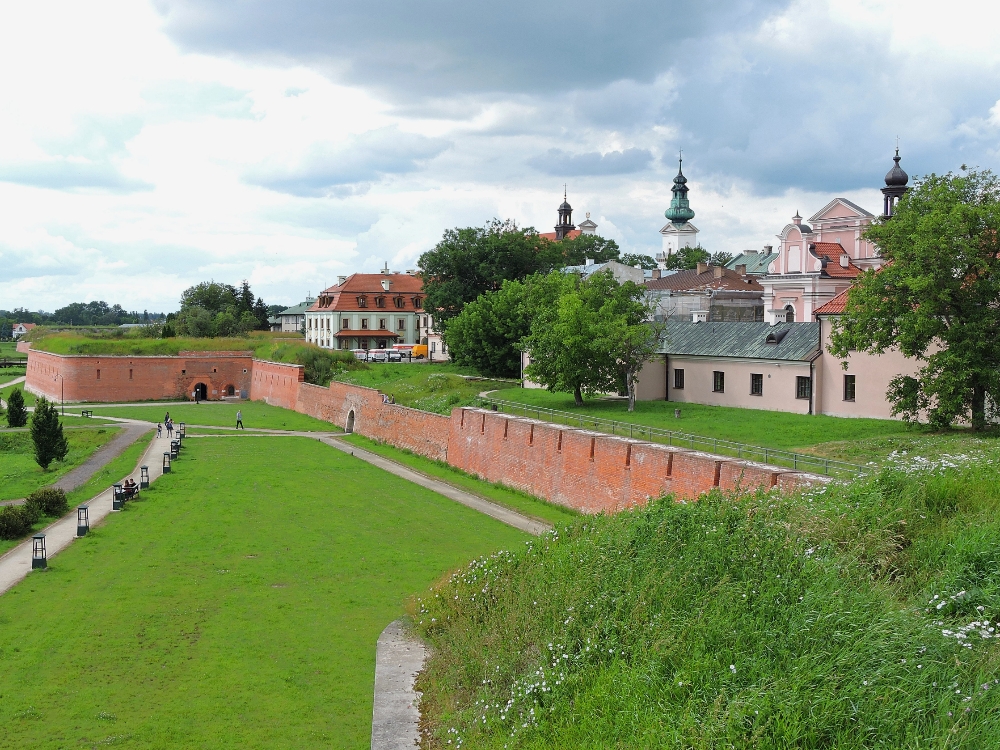
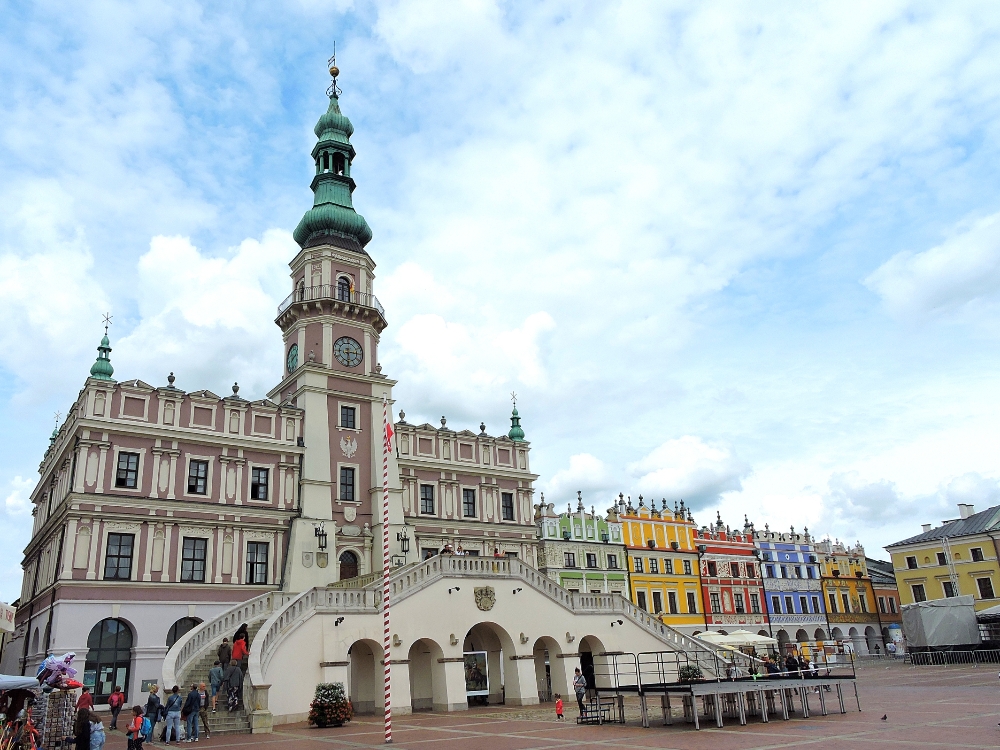
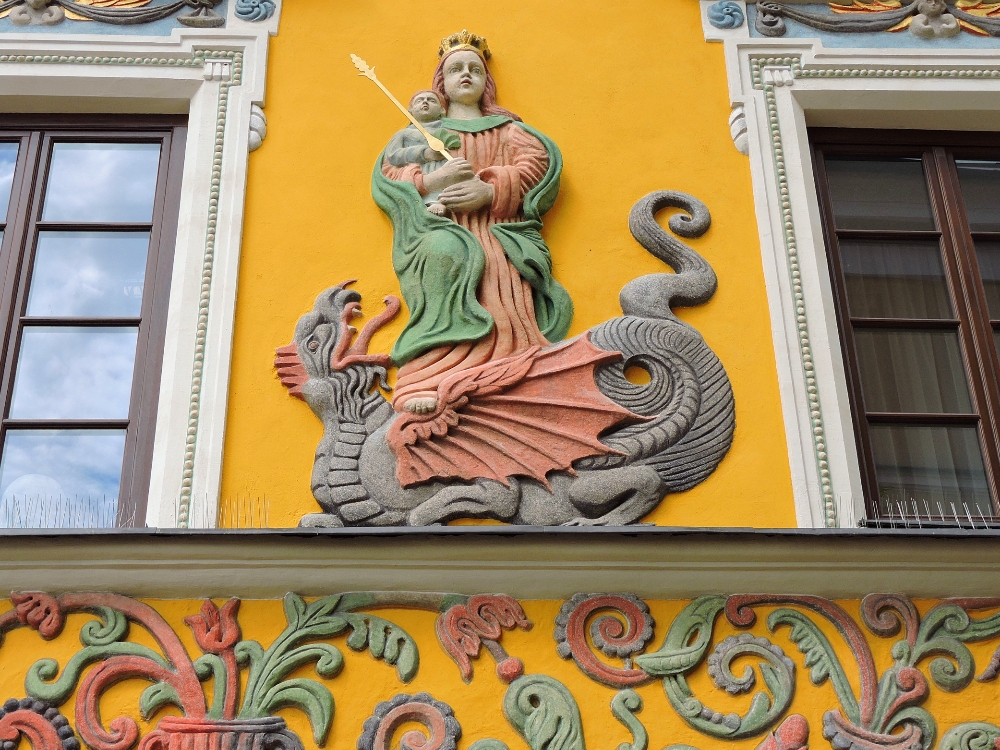
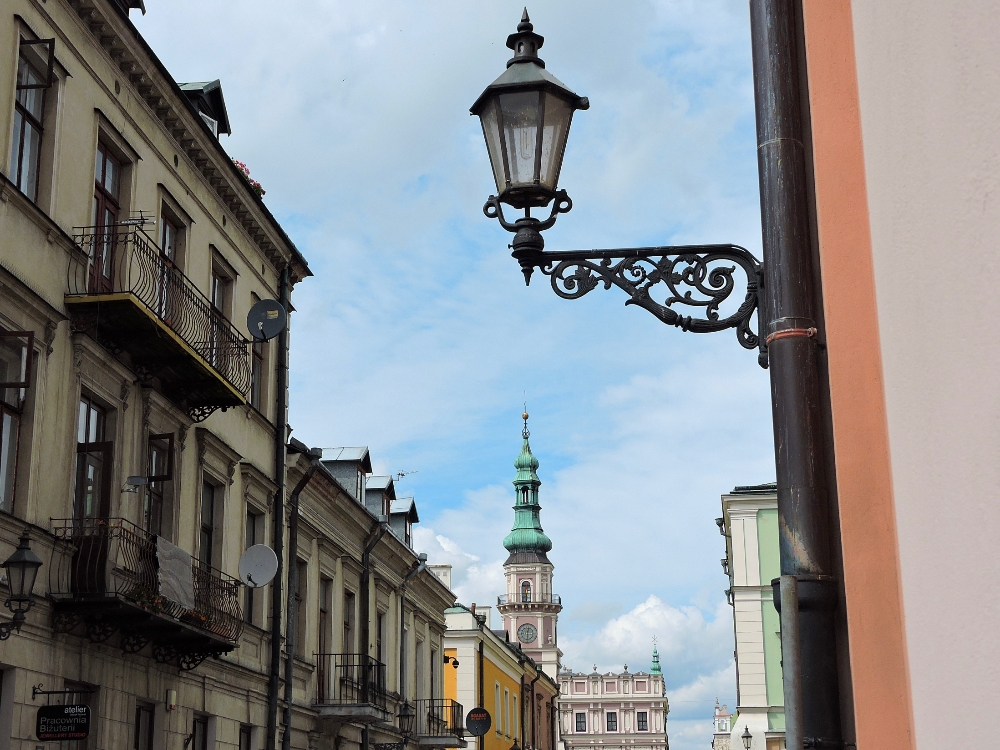
Ahead were a number of potentially interesting Sites for me to visit, but at that point I was still not sure which of them I would be allowed to see, or when I might be able to get to them. In 2020, nothing has been straightforward.